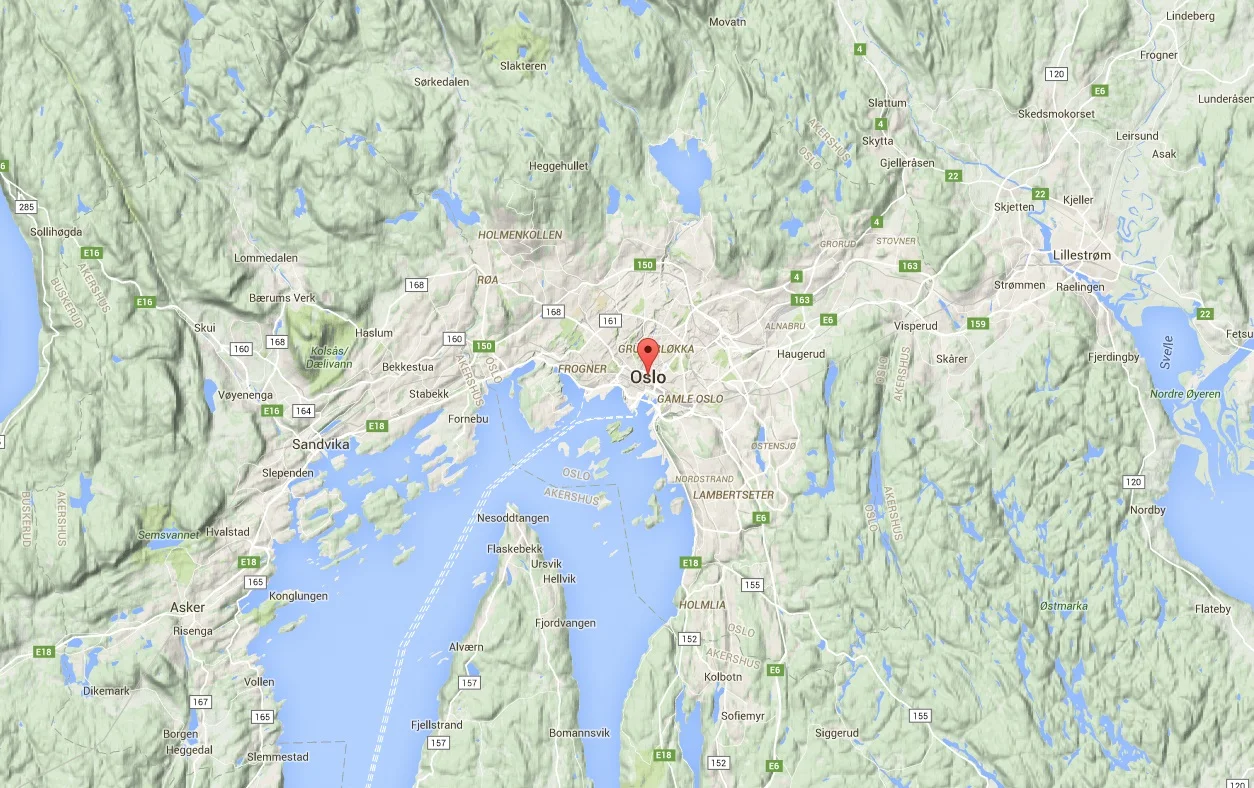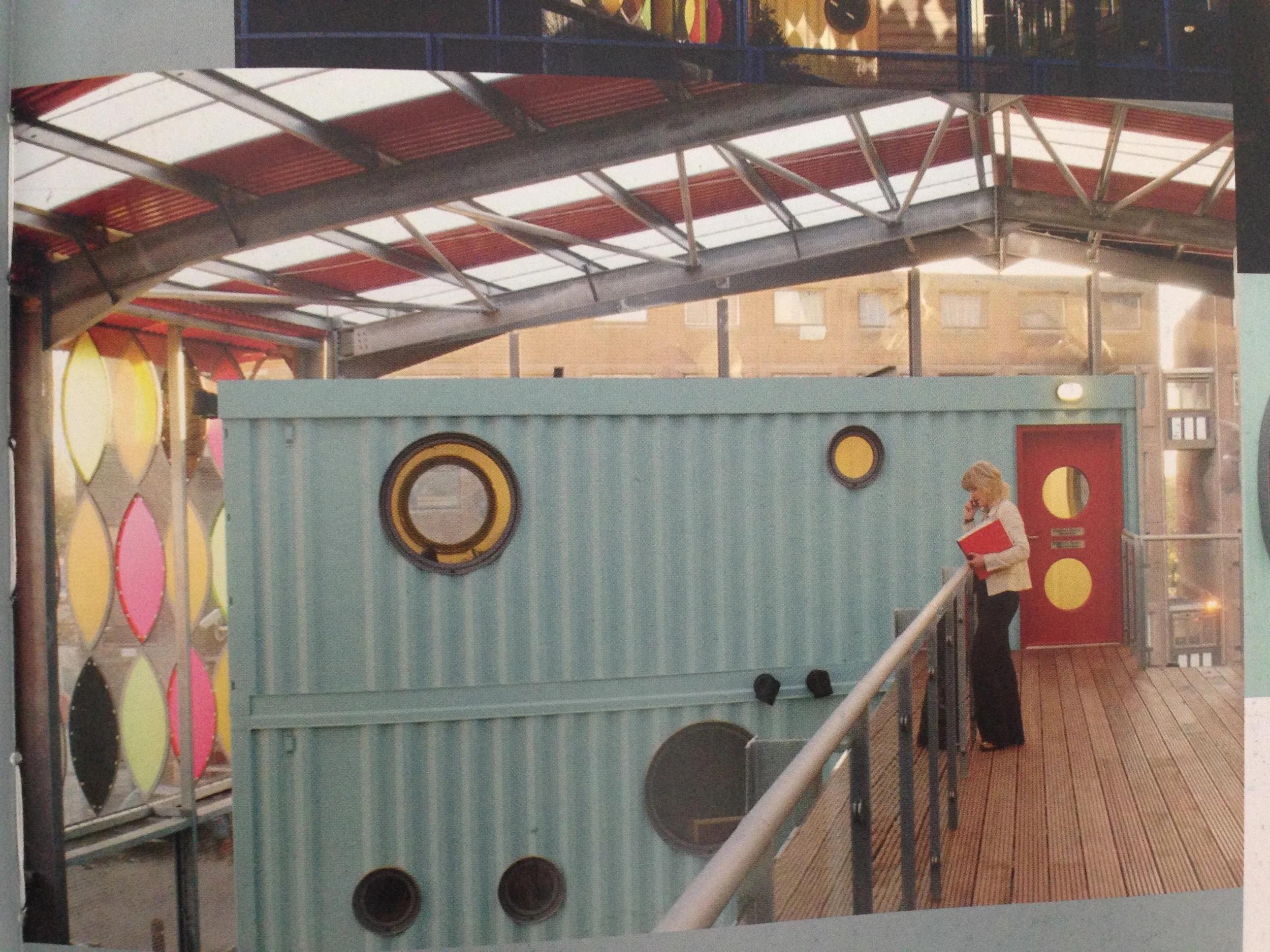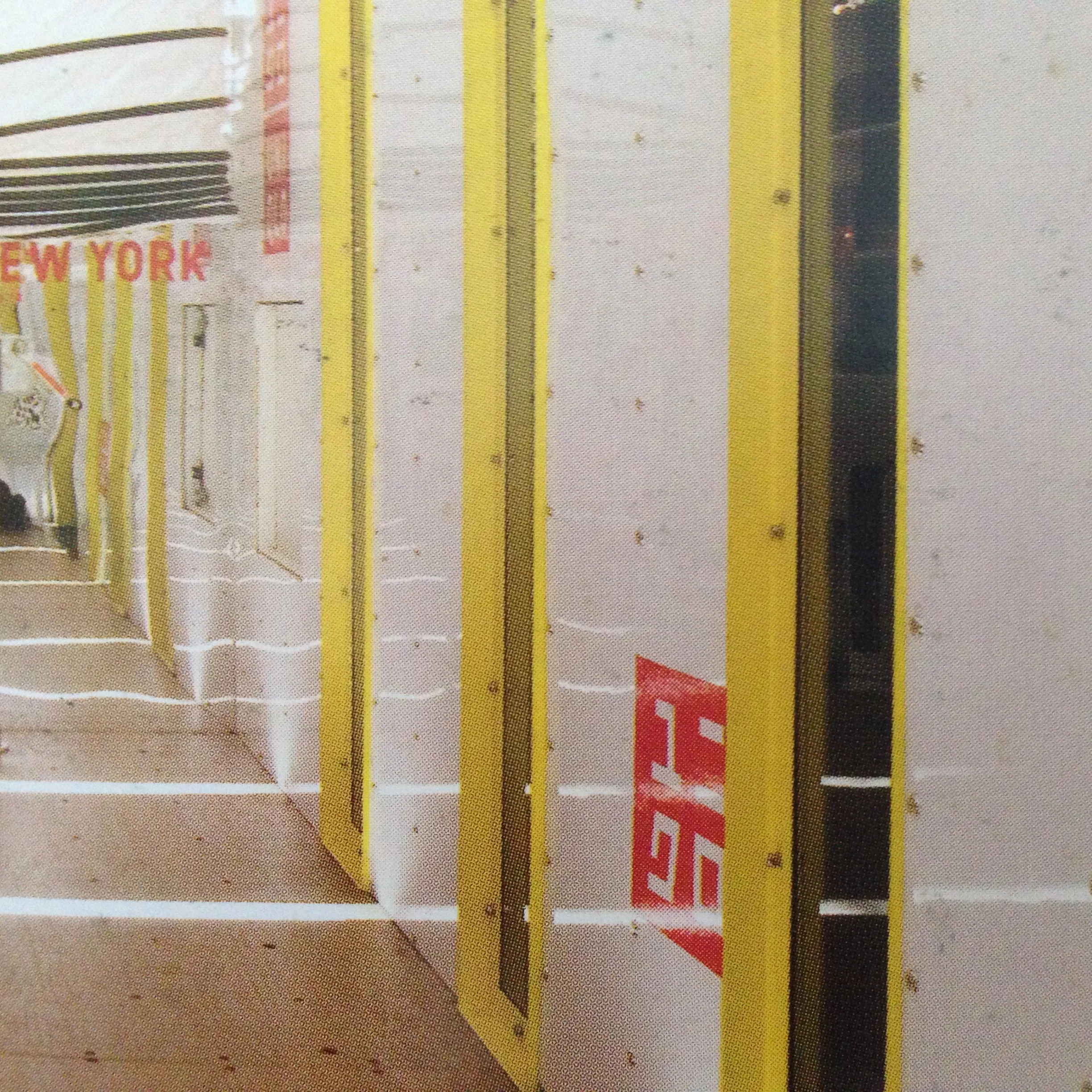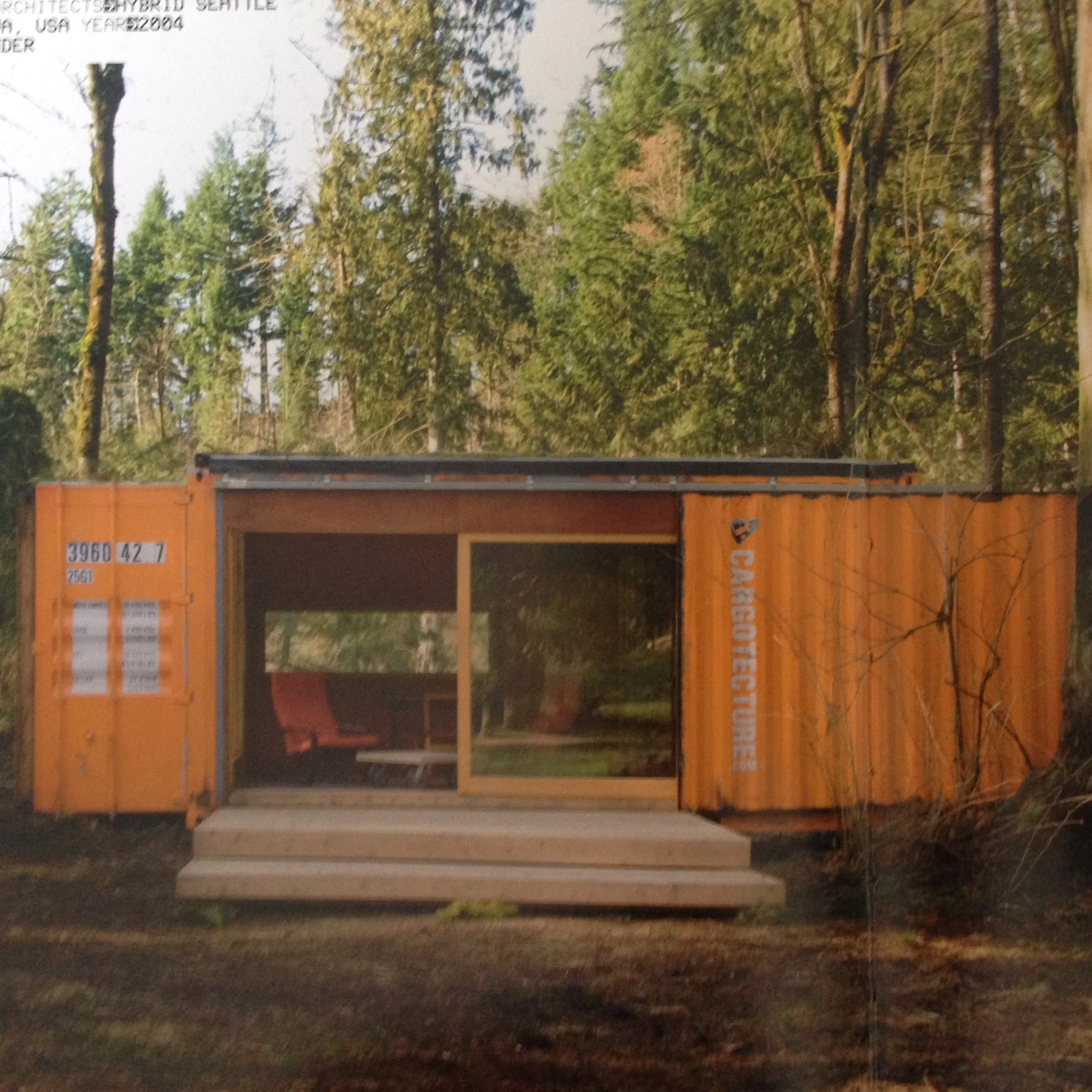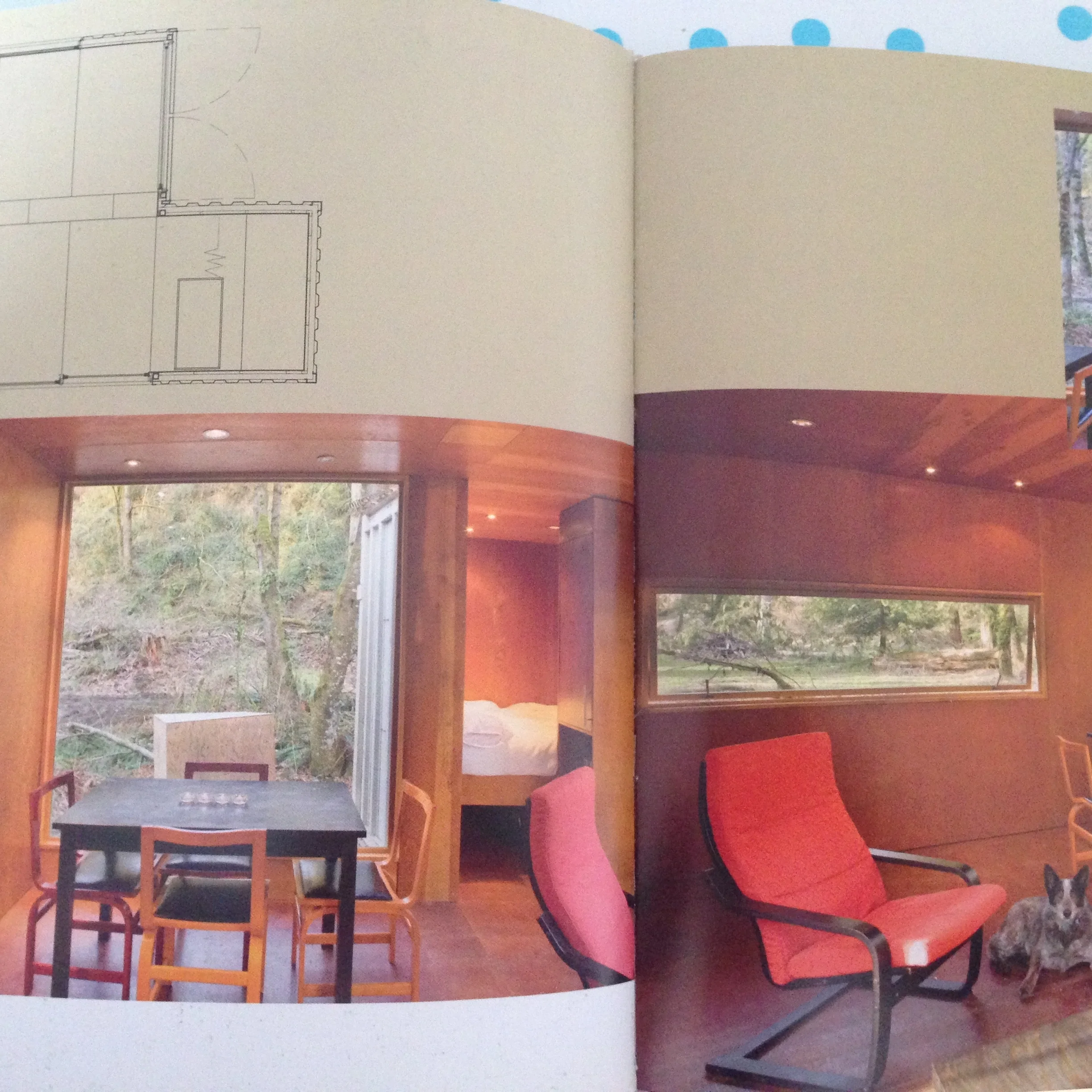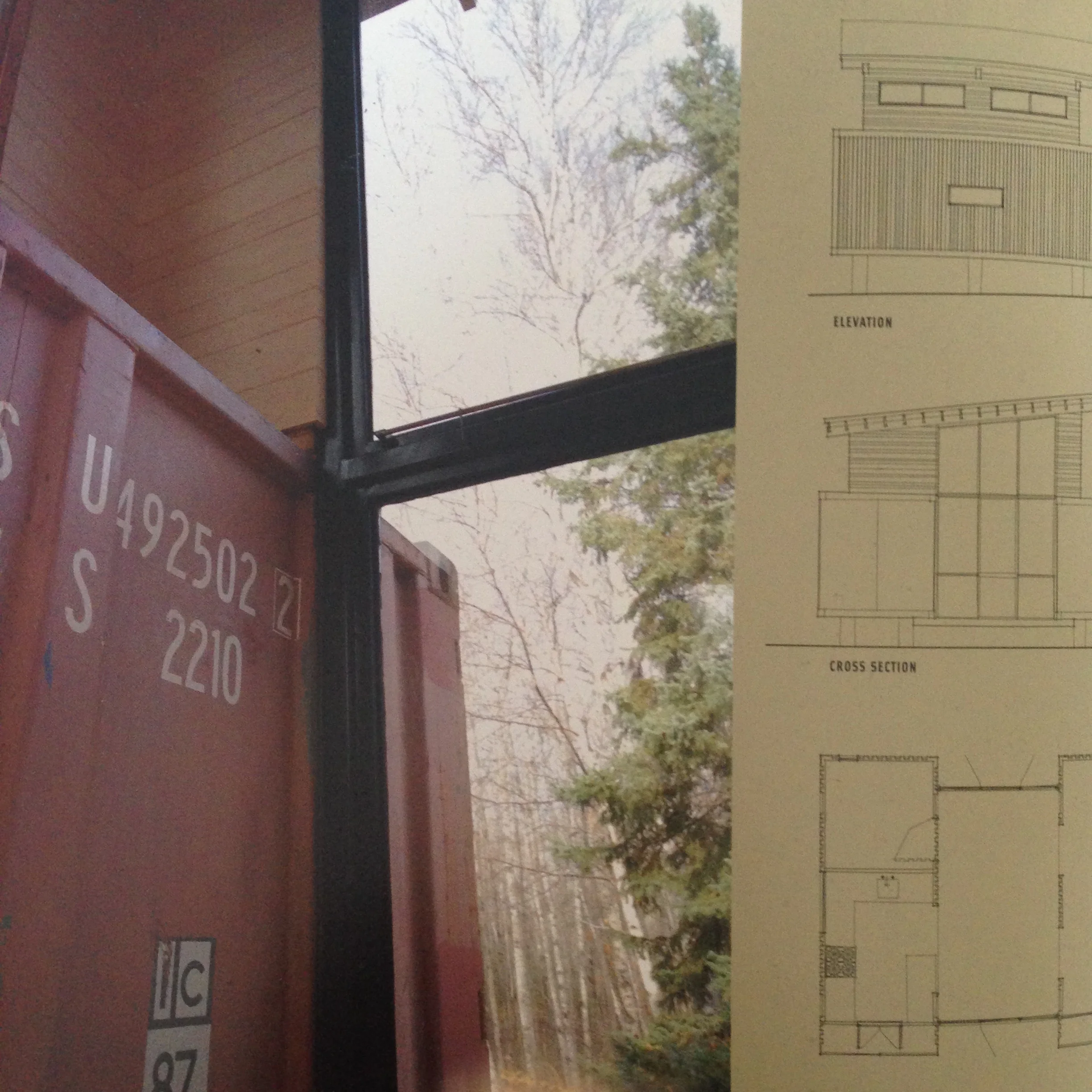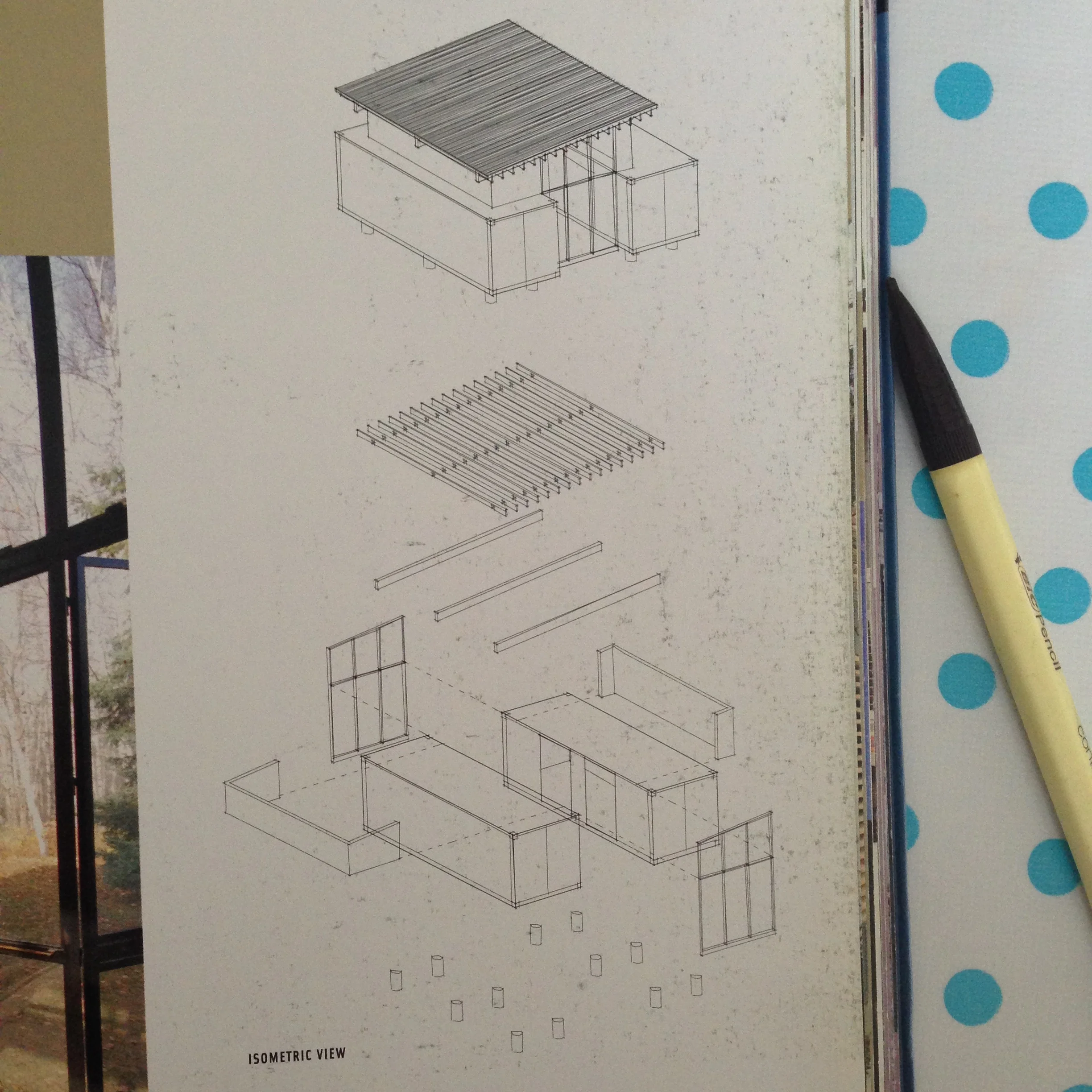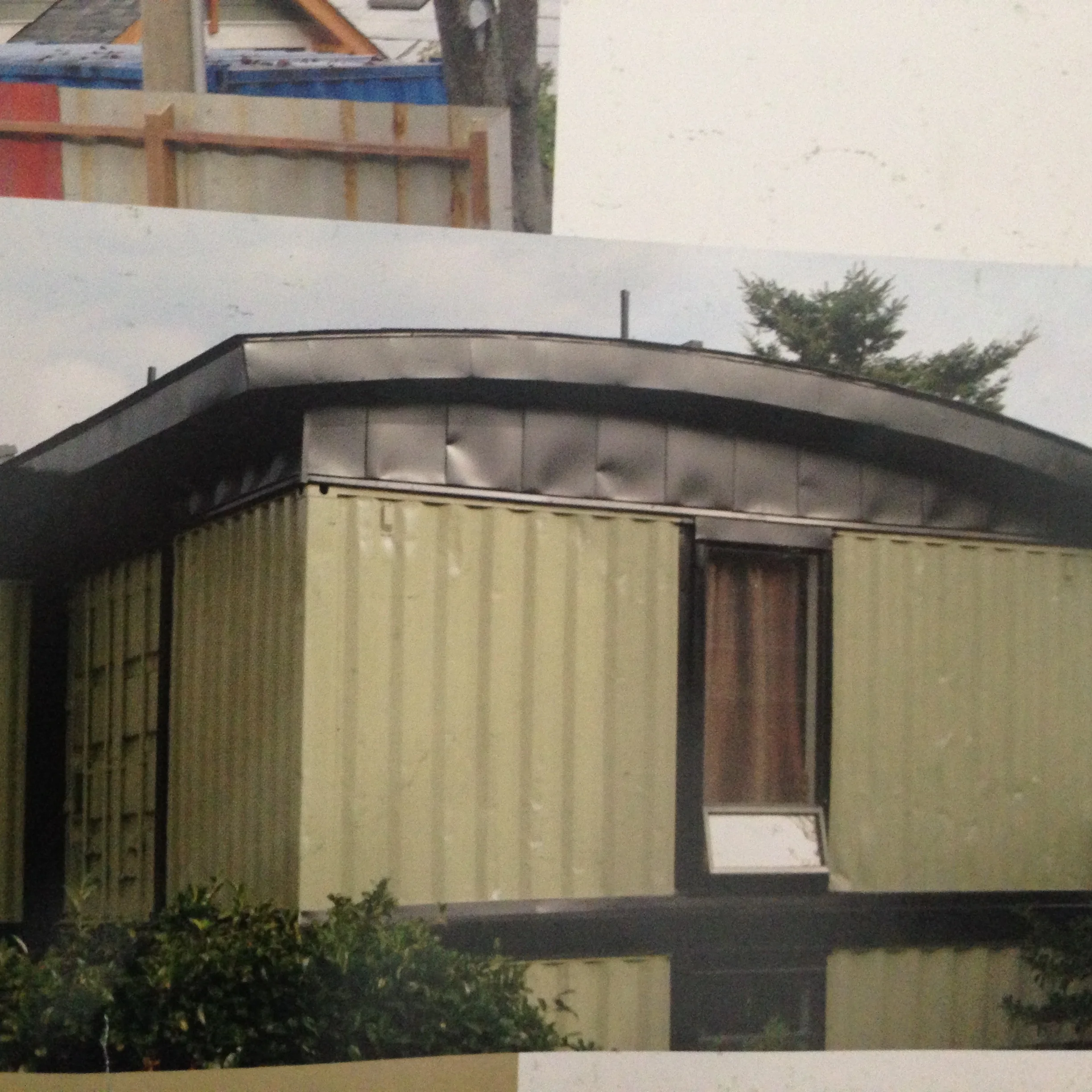UniResearch
WEEKONE
Design Influence
My client respects the work of Shigeru Ban in 1995:
I take from this:
- a preference for local, inexpensive, sustainable materials
- a clear relationship between interior and exterior.
Location and Materials
The client lives in a townhouse at Fjellgata 25 Oslo, Norway (all images below courtesy Google Maps). The studio will therefore need to be able to withstand snow, and be thermally sound.
Wikipedia plus two reports on architectural materials in Oslo (one on sustainable materials and the other relating to a specific development) gave me the following ideas:
- create a green roof using the excavated dirt from the site
- possibly use brick and steel as primary materials with wool insulation
- possibly create double glazing with additional internal glazed wall
I have also started to discover and learn about materials via:
Mori, T (2002) Immaterial Ultramaterial. Architecture, Design and Materials. George Braziller.
Practical Requirements
I contacted two men I know who produce video content. It was recommended to include:
- storage shelving and lockable
- pinboard and whiteboard
- large, central table
- computer editing space
- sound-proof booth for audio recording
- light-filled, open plan
Inspiration Shots
Submission Output
Researched gigapen, optitrack and Rundle screen. Don't feel any of these will suit me. I think I'll go with furthering my Google Cardboard and Unity skills.
WEEKTWO
Local Materials Research
Potential sources of second-hand / re-use materials as per Ban practice:
- Adidas factory http://www.yelp.com/biz/adidas-factory-outlet-oslo
- Fish factory
- Seaco Transport company. Local shipping container sales: http://www.seacoglobal.com/contact/re-marketing/. Shipping container sizes (affects design): http://www.wwcf.com.au/Container-sizes
- Freia Sjokoladefabrikk Chocolate factory: https://www.tripadvisor.com.au/Attraction_Review-g190479-
Thermal Insulation Research
Green rooves keep interior temperature stable. Confirmed in this report.
R value meaning research:
http://www.ecowho.com/articles/22/What_is_R-Value,_U-Value_and_how_do_they_relate_to_insulation?.html
Based on the R values of materials, I'm thinking of utilsing
- R3.0 Glasswool Batts for wall insulation,
- If i make it such that it is inaccessible for walking on, I can create the thinner extensive green roof (rather than the intensive). There are examples of sloped green rooves here.
- look here for DIY materials for the layers pictured above.
Other Research
Flicked through:
- Steiner, Hadas A.. 2008. Beyond Archigram. : Taylor and Francis. Accessed May 5, 2016. ProQuest Ebook Central.
- Klooster, Thorsten. 2009. Smart Surfaces and their Application in Architecture and Design. Berlin, Basel: Birkhäuser.
Soundproofing Material
- http://www.soundproofingtips.com/soundproofing-materials/
- http://www.soundproofing.org/
- http://www.noisehelp.com/soundproofing-material.html
Layout and Container Use Research
Got the following inspiration from: Kotnik, Jure. 2008. Container architecture. Barcelona, Spain: Links Books.
Decisions
I'm going to go with the shipping container as the local reuse of material because:
- it mimics the dimensions of Ban's 2/5 House (pictured opposite)
- being made of steel, I can weld onto it for the roof structure that will require steel supports
- it has the industrial feel I'm after
I'm going to go with a green roof with a ply base as pictured, on a steel frame, in order to get the flowing roofline.
Keen on using this roofing system:
WEEKTHREE
Focusing on synthesising this week; digital production, however researched output methods:








